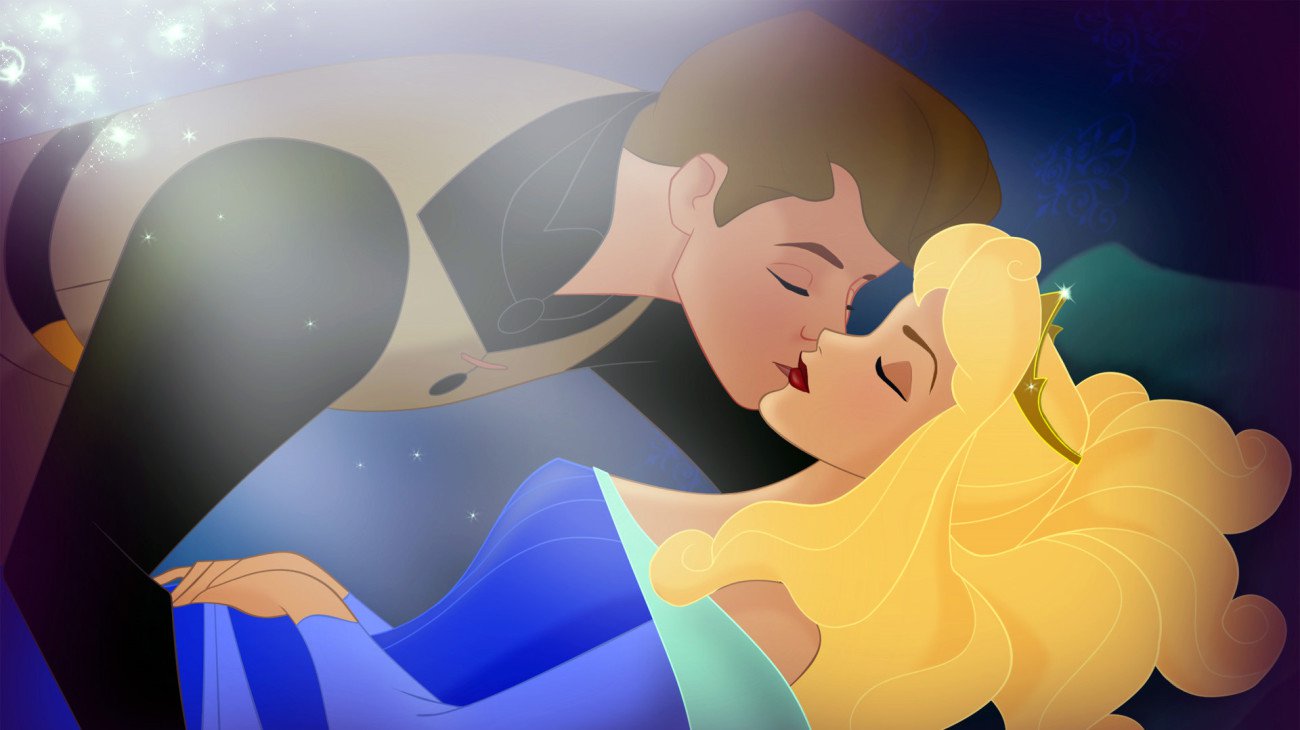Why is the rum always gone?
Johnny Depp, “Pirates of the Caribbean: The Curse of the Black Pearl”
“It’s bullshit, isn’t it?”
Johnny Depp, “The Rum Diary”
But in “The Rum Diary,” Depp’s character, a speculative version of Hunter S. Thompson, was talking about a super drug that didn’t work very well, rather than rum . . . which worked all too well throughout the course of this film.
Unfortunately, rum drinking is more interesting and fun for the participants than it is for the spectators. As I watched, I couldn’t help but wonder why Depp took the job. He’d already played a screen version of Thompson in “Fear and Loathing in Las Vegas.” Did he miss his late friend? Did he want to go to Puerto Rico? Did he owe director Bruce Robinson a favor, or want to work with the director of “Withnail & I”?
It turns out, if you watch the superb bonus features, that before Thompson died, he and Depp talked about co-producing a film version of “The Rum Diary,” his resurrected early novel, and Depp promised he’d follow through on the project. The more I listened to Depp on one extra and Thompson on the other, I wanted to like this film more than I did.
My less-than-enthusiastic response to “The Rum Diary” isn’t the result of any lack of sympathy for the movie’s underlying premise: that someone already prone to excess can get sucked into the rum culture of a Caribbean island. I spent four months in Barbados, where I soon found myself a patron, then part owner in a Bajan rumshop. It’s what people do on the islands. That said, even my experiences, compressed and embellished, seemed more interesting to me than the first third of this film—though less crazy and manic than the second act, and definitely not as serious-minded as the third. Because the pace and trajectory changes so noticeably, “The Rum Diary” almost feels like three different films. Some may like that; I didn’t.
Depp plays Paul Kemp, an alcoholic writer who shows up at the English-language newspaper in Puerto Rico looking for work. Unlike the real Thompson (who once applied), he’s hired and proceeds to sample the island’s intoxicating delights with a fired journalist (Giovanni Ribisi as Moburg) and the paper’s photographer (Michael Rispoli). Of course, not many assignments seem to get completed. In time, Kemp encounters a real-estate developer (Aaron Eckhart) who’s more than willing to tempt the journalist with his sports car and mistress (Amber Heard) in a not-so-subtle ploy to get him to cast his dealings in a favorable light, rather than report them for what they are: scams, shams, and soon-to-be on-the-lams. Somewhere inside him is a professional conscience, but, led by Moburg, Kemp succumbs to the laid-back pace and rum-addled culture of the island. The cinematography is wonderful, but the cameras follow him—which means that there’s a lot of meandering and apparent digression until he’s slapped in the face by a moral awakening. Some of those digressions are high-energy, and some of them very low-energy.
Though at one point Kemp complains that he has no voice and that he can’t write like himself, it never seems to be the thrust of the narrative—though it could have been. With a little more interplay between Kemp and his editor (Richard Jenkins), there could have been enough tension created to offset the often-pointless laziness of the rum culture in the first third, and better prepare us for the righteous fight against big business in the third act. Then again, the closer to Hollywood screenplay structure a project like this got, the more Depp might have bristled, thinking of his late, unconventional, anti-establishment friend. I’m going to watch this again after seeing the bonus features, because as a tribute to Hunter S. Thompson it’s the kind of film that deserves a second look.
“The Rum Diary” is rated R for language, brief drug use, and sexuality.
Video:
“The Rum Diary” looks uncommonly good on DVD. Processed from a Super 16 source and a 2K Digital Intermediate, and presented in 1.85:1 aspect ratio, it sports the same bold and bright colors as the Blu-ray and has darn near the same amount of detail, if your monitor is HD. Edge delineation is particularly strong for a DVD. I’d almost recommend going with the cheaper DVD if you’re not sure if you’ll like the film.
Audio:
The English Dolby Digital 5.1 can’t touch the DTS-HD MA 5.1 audio from the HD version, but it’s still a solid soundtrack that’s clear and robust enough. It’s just not the immersive experience you get from the HD audio. Subtitle options are English, English SDH, and Spanish.
Extras:
As with the Blu-ray version, accompanying the feature are two excellent extras: “A Voice Made of Ink and Rage: Inside The Rum Diary” (12 min.), in which Depp appears on-camera to talk about his relationship with Thompson and the way the project came into being, and a longer “Back-Story” (46 min.)—a film, really, shot by Wayne Ewing and prominently featuring Thompson. A few talking heads turn up to make this seem like a more standard documentary, but then so does Depp. It’s a nice overview of the writer, his work, the novel, and the move to create a film.
Bottom line:
Depp and Thompson fans might enjoy this one and college students could readily turn it into a drinking game, but “The Rum Diary” just doesn’t have enough structure and focused energy to satisfy general movie-lovers.


